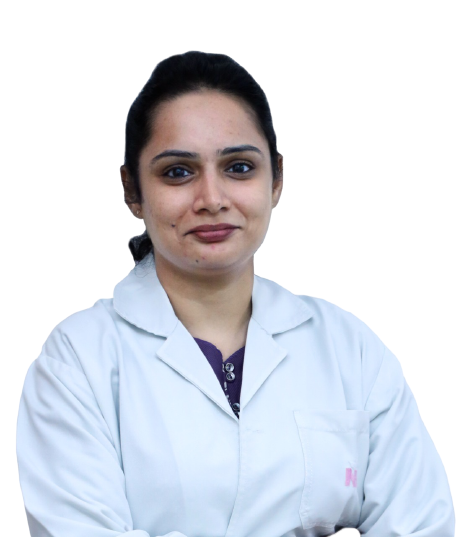EVERY CHILD MATTERS: THINKING BEYOND BOUNDARIES
In my odyssey of pediatric oncology practice, which is filled with numerous instances, where I came across patient families whom I wished to help more than I could. A lot of parents, who bring their child with a suspicion of cancer or a new diagnosis of cancer, end up abandoning treatment due to lack of awareness, denial of the fact that their child has cancer, lack the knowledge about the curability of childhood cancer and lack of finances to support the treatment. There are countless obstacles to accessing quality cancer care which the parents face from diagnosis to treatment.
A few days back I came across a frail 10-year-old child who came to my OPD with a report showing acute lymphoblastic leukemia. He came with his two uncles as his father was a farmer residing in a village 500km from the hospital and could not leave his work. Father was informed over the phone about the possibility and need for urgent treatment. Soon I was flooded with many questions from the relatives: “How can it be blood cancer? It has only been 1 week since he is unwell. Is it curable? Where do we go for treatment? And how can we afford the treatment?”
One million new cancers are diagnosed annually in India, and 3% of these occur in children. These 50,000 new pediatric cancers annually diagnosed in India comprise about 20% of all pediatric cancers in the world. Likely many cases are “missed” and the incidence is higher than what is reported. It is presumed that about 60% of the children with newly diagnosed cancers in India will succumb to the disease as opposed to only 10% of the children in developed countries.
Data may be frightening and diagnosis of cancer can be a nightmare for the parents. Knowing the “red herring” signs is important for both the parents and physicians. And rather than equivocating, parents and primary physicians need to refer the child to a pediatric oncologist as soon as possible. Time is “Gold”.
“Being held by the right person is enough to cure anything”. Only holding may not cure but meeting the right expert may help. In today’s times, the armamentarium for treatment for children with cancer ranges from less toxic chemotherapy, targeted therapy, immunotherapy, specialized surgeries, and radiotherapy in selected patients and even observation in certain cancers with the potential to regress naturally.
“Children are not just smaller adults”. Unlike adult cancers, the majority of childhood cancers have astonishingly high cure rates. A multidisciplinary approach including a pediatric oncologist, pediatric surgeon, radiation oncologist, psychologist, trained nursing staff, nutritionist is crucial to deal with children with cancer. With increasing survivors of childhood cancers, it has been realized that it’s not only important to cure but to cure with the least toxic protocols. Modern risk-adapted treatment protocols are planned to give the least toxic medications to avoid the potential short term and long term side effects.


